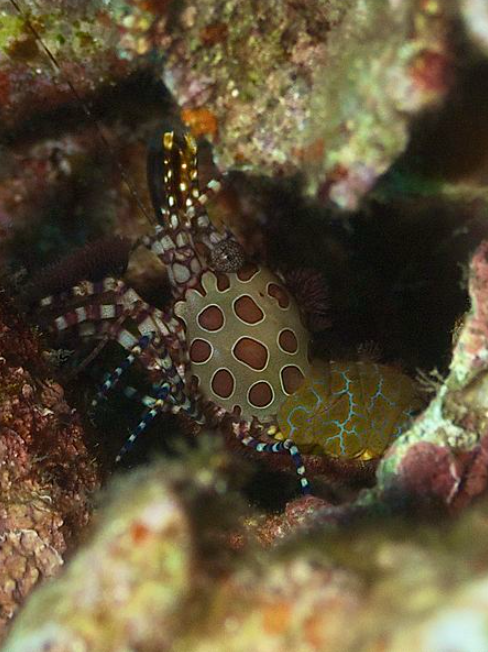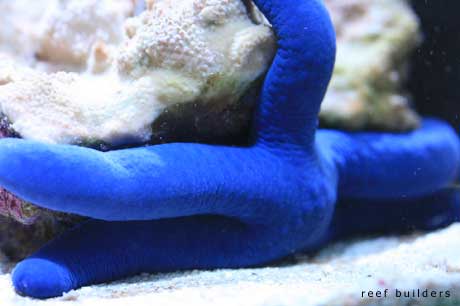Many mobile inverts like crabs, shrimp, and snails can make great clean-up-crew, while others can eat corals and even fish. Here are five mobile invertebrates to leave out of your reef aquarium.
Blue Starfish
The Blue starfish, Linckia laevigata, is one of the most beautiful organisms on the planet and is often available to purchase and add to your reef tank. The downside with them is their general hardiness and long-term suitability, with many reefers losing them within days or weeks of purchase. Blue starfish acclimate poorly, so drip acclimation over a few hours is best, but even then they are prone to disintegration and starvation long term.
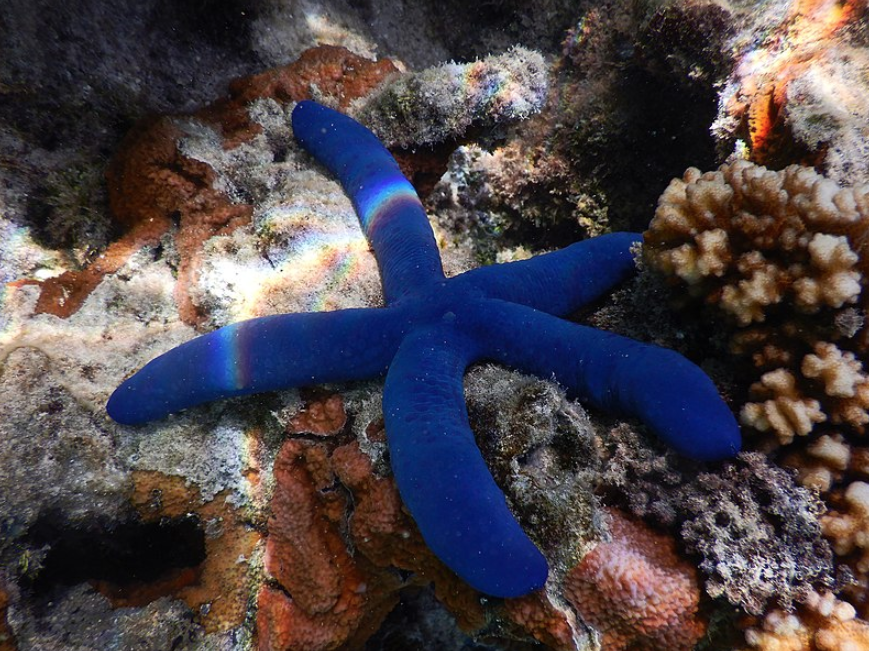
A scavenger in the wild, out of the thousands we have seen come and go over the years, the only ones that did well were placed in large shallow coral trays, with a large mature sand bed and lots of live rock. Blue starfish are super tempting, but best left in the ocean.
Blue Spiny Lobster
Any aquarium store that stocks them will constantly be asked by its customers if they can have one for their tank, but the Blue Spiny Lobster, Panulirus versicolor grows large, at around 16”/40cm, and double that with its antennae facing forward. That makes it a popular food item with divers but in the confines of the aquarium, it will itself dine on all the other mobile inverts and clean-up-crew like crabs and snails.
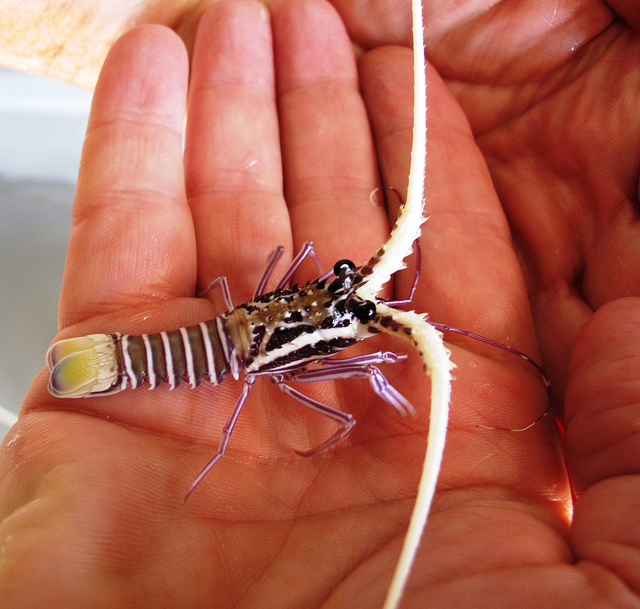
They are stunning to look at but mainly stay tucked away motionless in the daytime. Diet, lack of activity, and huge adult size all work against this lobster’s reef aquarium suitability.
Sally Lightfoot Crab
Many species of crab are given the common name of Sally lightfoot, like Grapsus grapsus in the Galapagos, but the one we see most often offered for aquariums is the flattened Percnon gibbesi, and although sold by some as Clean up crew, they will eat up other clean up crew, anemones, and even fish.

Sally lightfoots grow to around 4” and are amphibious in the wild, dashing across rocks in the intertidal zone. They are super fast, making them difficult to catch, yet very capable of escaping at the same time. Stock to small hermit crabs, Emerald crabs, and Porcelain crabs instead.
Green Brittlestar
There are hundreds of species of brittlestars that inhabit virtually every ocean, and every ocean habitat. We inadvertently add tiny brittlestars that come in as hitchhikers with live rock and maricultured corals, and these are both tiny, harmless, and even useful critters as part of the clean-up crew.
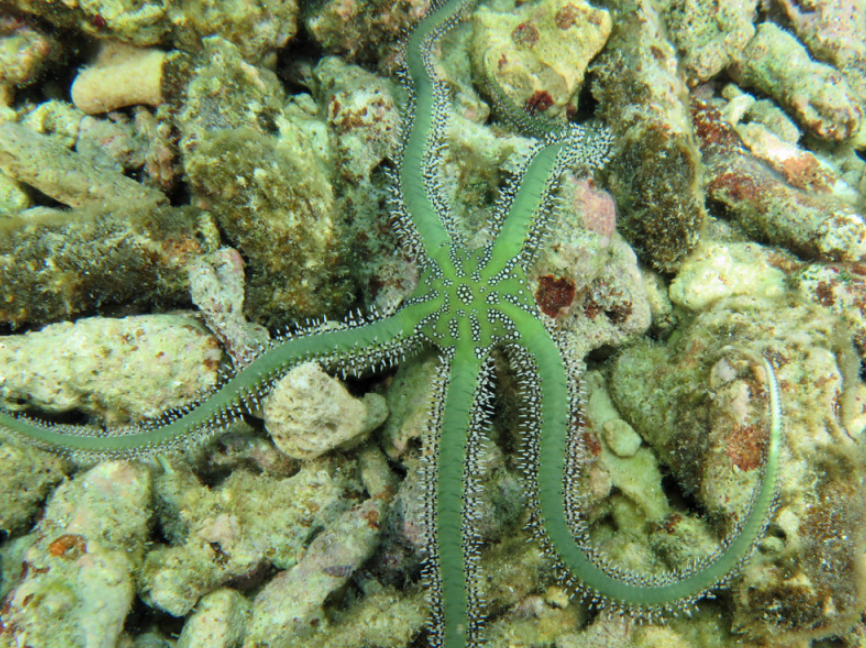
The Green Brittlestar however is a beast in comparison, growing to 20” across and capable of hunting down and eating reef fish and other ornamental invertebrates. They are cheap, and very hardy, and will appeal to some as a conversation piece, but the best place for them is in a large sump or refugium where they can scavenge food, yet not be a risk to small fish.
Saron Shrimp
Shrimp from the genus Saron are beautiful, and if you spot one in store it will both make you look twice and want to buy one, but the downside with all Saron is that they eat corals. A suitable inhabitant for a coral-free, macroalgae tank maybe, Saron suit reef tank conditions with live rock and sand, but they hide during the day and soon you will start to see coral polyps disappear. The general rule when buying all fish and inverts is if you don’t know what it is, and haven’t seen it before, it’s probably not suitable for a standard reef aquarium. Saron is one such critter and should be avoided.
